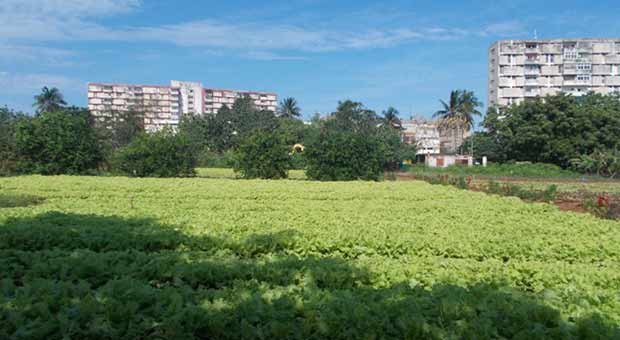Last June 26, the Cuban health authorities were reported about the presence in the island of the giant African snail (Lissachatina fulica Bowdich 1822 (Mollusca: Gastropoda: Achatinidae)) by a farmer from Havana who observed rare snails in his plantations.
A few days later, the National Vegetal Health Center,after activating an urgent workstation for researching and assessing the potential impact of the new specie in our ecosystem, issued a warning for the provincial vegetal health directions nationwide, describing the plague to be of “quarantine interest” and stating it is included in the list of 100 Invading Exotic Species more harmful in the world.
These mollusks suffer from polyphagia and eat about two tens of vegetal species, including citrus, banana, rice, some vegetables and ornamental plants. They can be up to 20 cm long and 10 cm wide.
The warning highlighted their resistance to environmental variables as well as their high reproductive potential, which also threatens native snails in the competence for the same habitat. So far, it is presumed this snail was introduced in Cuba about a year ago with religious purposes. One of the areas in the capital most affected is the municipality of Arroyo Naranjo.
As stated byMSc. Antonio Alejandro Vázquez Perera, head of the Malacology Lab of the Pedro Kouri Tropical Medicine Institute (IPK by its acronym in Spanish), in the Cuban blog La Chiringa de Cuba, “this specie is considered one of the main vectors of Angiostrongylus cantonensis worldwide”. A cantonensis is an adult nematode parasite common among rodents that uses mollusks as intermediary hosts. Humans get infected by accident by getting in touch with third stage larvae coming from mollusks, though the life cycle of the parasite doesn’t end there. In humans, it can cause meningoencephalitis, which can be fatal if not properly treated”.
The specialist pointed out it is necessary “to avoid contact with them and to watch hands with soap right after in case of contact. The same applies for fruits (it is necessary to watch them before eating them) because this specie can walk over anything surface, even inside houses”.
In addition to these preventive measures, the National Vegetal Health Center has instructed to keep active a surveillance and inspection system in places of entry, reinforcing actions in aircrafts, ships, loads and passengers coming from countries inhabited by this snail, as well as to carry out detection surveys giving more priority to population settlements (gardens and back yards), urban agricultural areas, etc. in order to monitor the presence of this specie.










